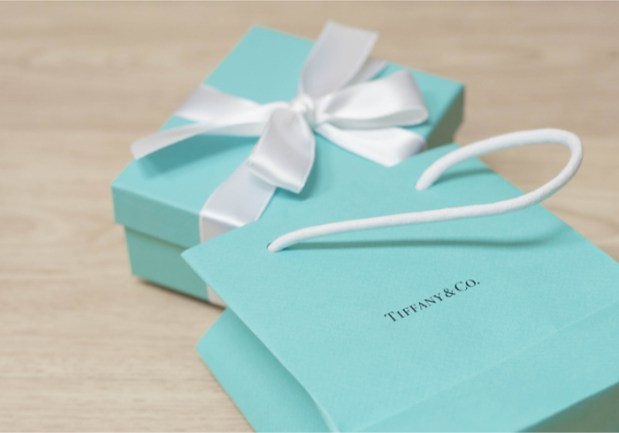How Tiffany & Co. Is Bringing Breakfast To Its Reimagined Retail Experience

In the 1961 movie “Breakfast At Tiffany’s,” Audrey Hepburn enjoyed a breakfast of a croissant and coffee while window shopping outside of the legendary store. It wouldn’t be until years later, however, that anyone, movie star or not, could actually purchase breakfast inside the store.
That opportunity arose for customers last year, when the retailer opened the doors to a new eatery in its Fifth Avenue store called the Blue Box Café. The concept resonated well with customers: “People who arrived even an hour before the 10 a.m. opening on Saturday were sent home, since reservations were already full for the rest of the day,” the food blog Eater noted. The eatery served breakfast, lunch and tea service to customers, and the blog noted that it was the retailer’s “first foray into food.”
The move comes as luxury retailers with long, storied histories are reimagining their stores. Tiffany & Co. in particular had a humble beginning as a “stationery and fancy goods” store founded in New York by Charles Lewis Tiffany and John B. Young in 1837 with just $1,000 in financing. The retailer would become known for rare and luxurious jewelry such as the Tiffany diamond, which was known for its “legendary fire and brilliance,” according to the company.
A few decades later, in 1886, Tiffany & Co. was responsible for an innovation that changed the way engagement rings were designed. While diamond rings had been traditionally set in bezels, Tiffany’s ring lifted the stones off the band. That design, which put the spotlight on the diamonds, became known as the Tiffany setting.
Today, Tiffany & Co. is once again at work on innovation: This time, the retailer is reimagining its flagship store. Why? Chief Executive Officer Alessandro Bogliolo told Bloomberg that the store represents as much as 10 percent of the retailer’s net sales worldwide.
To that end, the retailer is slated to renovate the building starting in the spring of next year. The outlet also reported that the company plans to dedicate up to 2 percent of net sales worldwide on the renovation. (Bloomberg calculates that could come at a cost of $250 million based on the company’s revenue last year.)
As of now, under half of the retailer’s building is used for sales space, but Bogliolo wants retail floor space to take the place of office areas. As part of that mission, he wants to dedicate more space to serve VIP customers. Already, the retailer has a secret salon tucked above the main jewelry floor that looks like a New York City apartment, which is dedicated to its high-end clients. In that area, customers can dine and drink as they look at massive diamonds, rare gems and custom creations.
“Here, we can show our customers in a very private way wonderful jewelry,” Melvyn Kirtley, the retailer’s chief gemologist, told Bloomberg. “We can work with them on incredible custom designs. This environment really does lend itself to that type of experience.”
Beyond Tiffany & Co., executives at luxury retailers such as Bulgari also believe that brick-and-mortar retail is key to the customer experience – even in the age of online shopping. Bulgari CEO Jean-Christophe Babin, in particular, believes that customers need a physical space to help consider jewelry purchases.
“There is nothing to replace the emotional and physical experience of being in the store, not just because of the staff, but also because it will provide you with cues regarding the style and the craftsmanship—all of the elements that convey the emotion of the brand,” Babin told Forbes. “It’s a place where not only your brain interprets everything, but also your heart captures your taste and style.”
Bulgari’s reimagined New York City flagship location offers multiple jewelry collections, fragrances and accessories on the main floor. And, similar to Tiffany & Co., the retailer has a VIP lounge on the second floor, complete with blush couches and gold rugs.
The idea behind the design is that consumers can experience the selection “much better when [they] can sit, have a cup of tea and relax,” according to Lucia Silvestri, the brand’s creative director for jewelry, who was quoted in the Robb Report. Overall, the efforts of both Tiffany & Co. and Bulgari show that luxury retailers are creating spaces to have consumers experience products – and not just browse the selection – as they make their purchasing decisions.